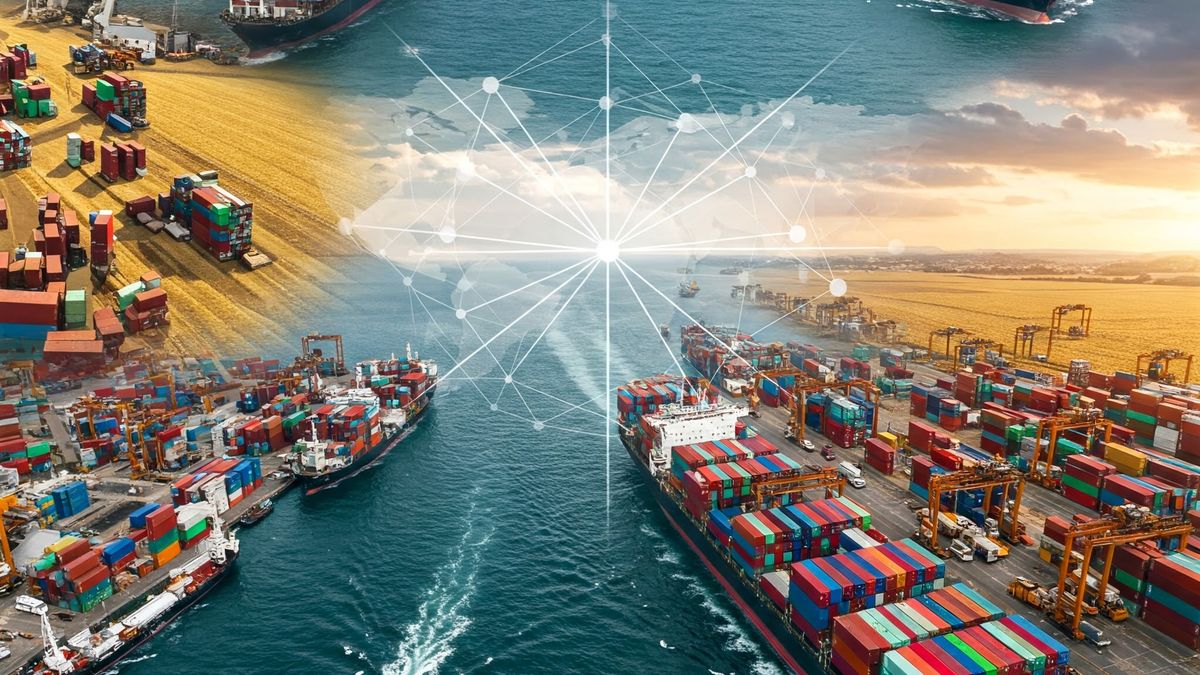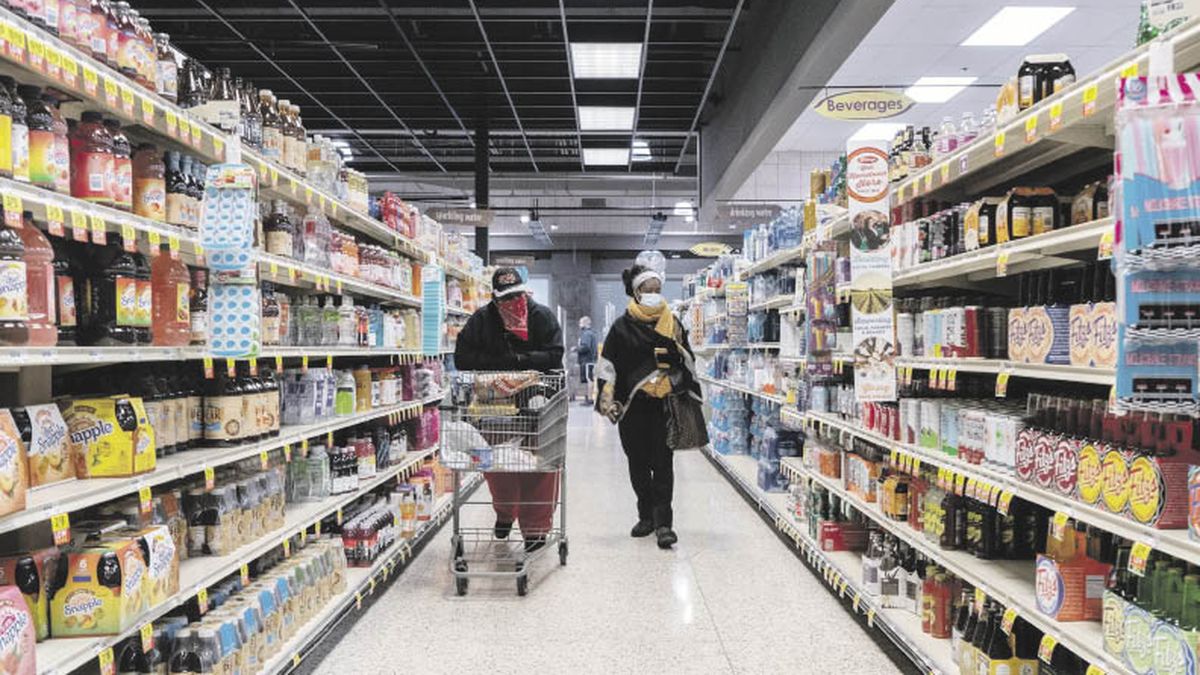The return of commercial ships to their ports of origin with empty containers, puts us in the situation of asking what we should do to make the operation of merchandise transport more efficient. On a commercial ship a 40 -foot container occupies the same space is that it is full or empty.
But the truth is that when he returns to his empty port, evidence An imbalance in the commercial balance between the states. Let’s analyze the case of China. There is no doubt that it is a great exporter of elaborate products and a great consumer of primary products.
On the other hand, economic recovery has increased the demand for containers, exacerbating its shortage by impacting the costs of freight.
The Chinese products that enter our territory are of varied nature. An example of this are the Internet pages that offer free products and freight from the East. While the containers return to empty origin, the bulk vessels that start from our territory are mainly loaded with agroindustrial products, especially soybeans, vegetable oils and vaccine meat.
But the great logistics challenge in the face of containers worldwide occurs when maritime transport is even more efficient, optimizing the load capacity of a ship.
It is well known that the container has revolutionized decades ago the maritime transport system, and allowed us to get out of the classic pallets in order to drastically reduce the damage to the load.
Today there are containers of diverse nature. The most common are the dry containers (Dry van), the refrigerated (Reefer), the open ceiling (Open Top), the platform (Flat Rack) and the tanks (ISO Tank).
The truth is that Bulk class containers are presented as an alternative for bulk load.
This development merits an expansion, since it offers the same security conditions as the Dry Van containers, and could return to their states of origin full of bulk merchandise.
What advantages does the use of this kind of containers offer?
First, it can constitute a new source of income for local metalworking, modifying or manufacturing containers of this type to export national products.
On the other hand, it serves the small producer to export their own production of small amounts direct to their buyer, eliminating from the marketing chain to the participation of the collectors and wholesalers.
The use of this kind of containers would practically eliminate the decrease in bulk transport. Recall that weight loss or quantity during transfer, can be significant and varies according to factors such as product type, distance, climatic conditions and manipulation. In grain transport, for example, losses of up to 1% have been recorded during 300 kilometers tours.
Another advantage of the use of this kind of containers is found in which we would avoid the cargo mixture in the wardrobe of bulk vessels. Recall that, in the warehouse of a ship, the mixture of different types of grains can generate complications during maritime transport, especially in bulk vessels. Contamination between charges, fermentation risks and difficulty cleaning and maintenance of wineries are some of the problems.
It would also allow ports that do not have grain elevators or machinery to mobilize bulk load, expand their load offer generating another competition segment between the ports.
In the case of Paraná Paraguay hydrovy, the growth of the use of this kind of containers could involve the adaptation of the same to meet the demand of Neo Panamax class ships.
Anyway, the advantages are several. Maybe it’s a great opportunity for local metalworking industry. But the truth is that until this kind of containers are used, they will continue to go empty to China.
Doctor of Administrative Law from the University of Buenos Aires, Master in Administrative Law from the Austral University and Transport and Ports Specialist.
Source: Ambito
David William is a talented author who has made a name for himself in the world of writing. He is a professional author who writes on a wide range of topics, from general interest to opinion news. David is currently working as a writer at 24 hours worlds where he brings his unique perspective and in-depth research to his articles, making them both informative and engaging.




